Bali is a tremendous popular destination among foreign tourists. The idyllic white sandy beaches, rice fields and gorgeous landscape are picture perfect. The real unique story of Bali is one about the Balinese culture and religion. Most people in Bali (95%) are devoted to Balinese Hinduism. This religion is unique for Bali. The Balinese version of Hinduism has a caste system but it is different from the Indian caste system. Culture and Hinduism in Bali, Indonesia is an informative article for those interested to learn more.
In daily life you can see many cultural and religious expressions and rituals. People are visiting the temples throughout the day and somtimes multiple times per day. There are many ceremonies in the temples and people bring offerings. Especially festivals are a great opportunity to meet the Balinese culture. Try to visit one of the Balinese dance shows. The main theme of the Balinese dance shows is the religious struggle between good and evil.

Table of Contents
History of Balinese Hinduism
Hinduism is introduced in Java in the 2nd century AC. It came along with Indian merchants. In the 15th century the Hindu-Java Kingdom Majapahit collapsed. It was caused by the rise of the Islam in the region. Some of the Hindu-Javanese royals retreated to Bali. Their religion came in contact with the ancient Balinese elements of animism and the worshipping of ancestors. This was the start of an unique belief, the Agama Hindu Bali.
It is remarkable how deeply rooted religion is in Bali. Throughout the centuries the Agama Hindu Bali managed to held it’s ground in the centre of the Islamic world. The isolated location of the island is an important factor. The Balinese Hinduism has it’s roots in the Indian Hinduism. Both religions are different in expressions and concept. The Balinese Hindus are worshipping some of the Indian gods, like Brahma, Shiva and Vishnu. All three together they are called the Trimurti, the Trinity. The Balinese consider the Trimurti as the supreme god, Sang Hyang Widi. There are many other gods in Balinese Hinduism. But every god is an appearance of the supreme god.
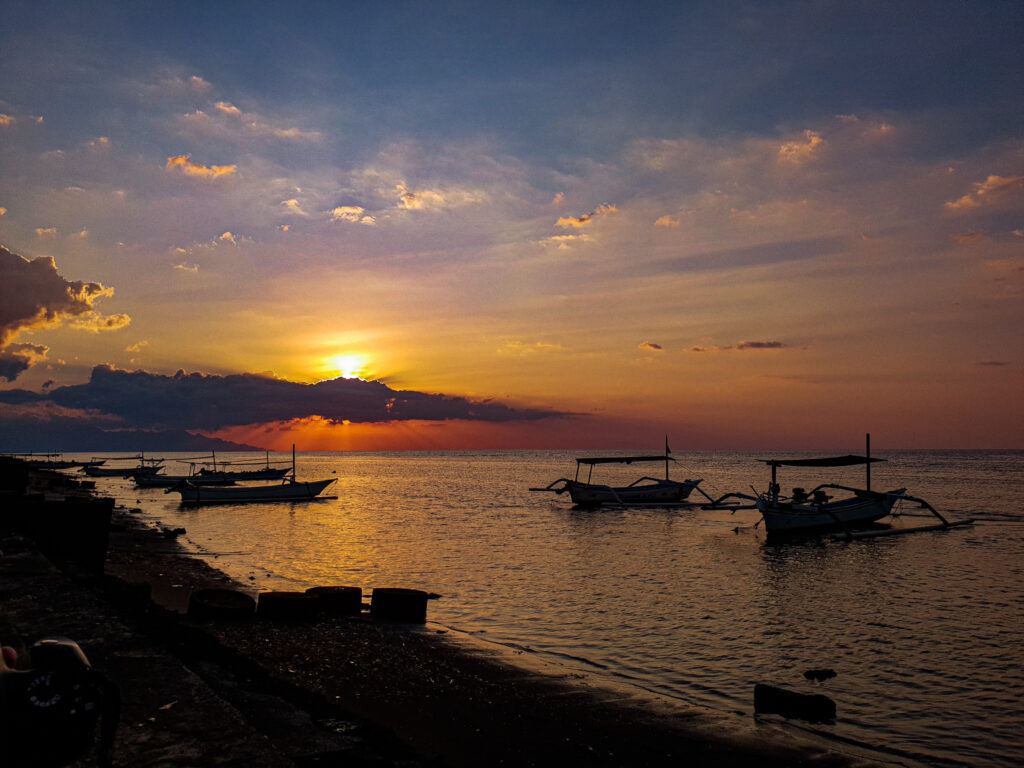
Believe
According to Balinese Hinduism the entire cosmos exists by the grace of opposites. Every force has a counterpart, like good versus evil, sun versus moon, light versus dark. The cosmos exists in two parts. The underworld is populated by demons. And the above world is populated by gods and good spirits. Between the underworld and above is the middle world, where humans live. In the Balinese mythology the sea is the underworld. The direction towards the sea is kelod, the direction of evil. The mountains symbolise the above world. The direction to the mountains is kaja, the sacred direction.
The highest volcano in Bali is Gunung Agung. The Balinese consider the volcano as a sacred mountain. They believe it is the residence of the gods. To honour the gods the Balinese built the most prominent temple on the slope of the volcano, the Pura Besakih, the mother temple.
The opposite forces are a constant power struggle without an eventual winner. This constant power struggle is essential. It keeps the cosmos in balance and the keyword is harmony.
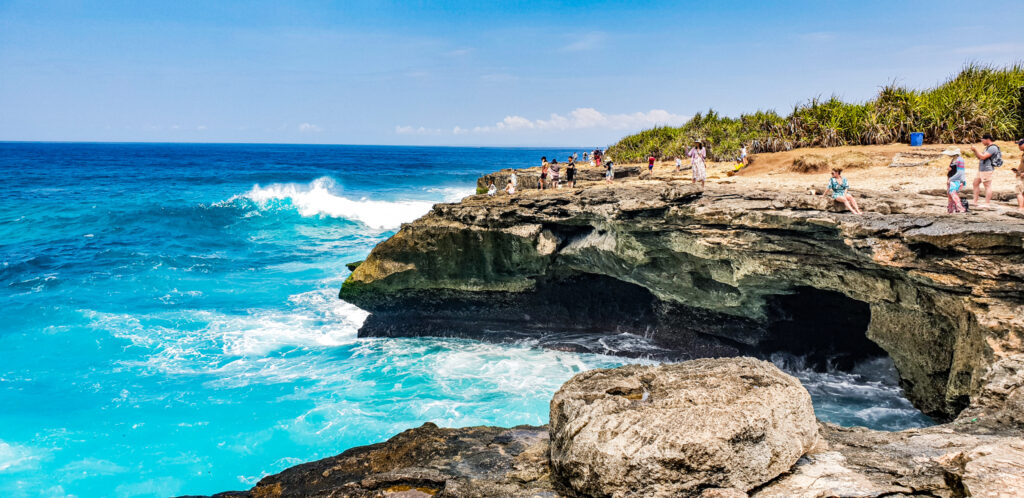
Harmony
To achieve harmony and creating order out of chaos, it is important to please good and evil spirits. Every day women present offerings at the home altar as a blessing for gods and spirits of the ancestors. To propitiate evil spirits they place offerings on the ground. You can see offerings every where you go in Bali, in front of restaurants, shops, along the roads and even at the beach. The offerings are called canang in Balinese. The canang are small pieces of artwork made of braided baskets filled with flower leaves, fruit and cookies. The offerings are made and delivered by women.
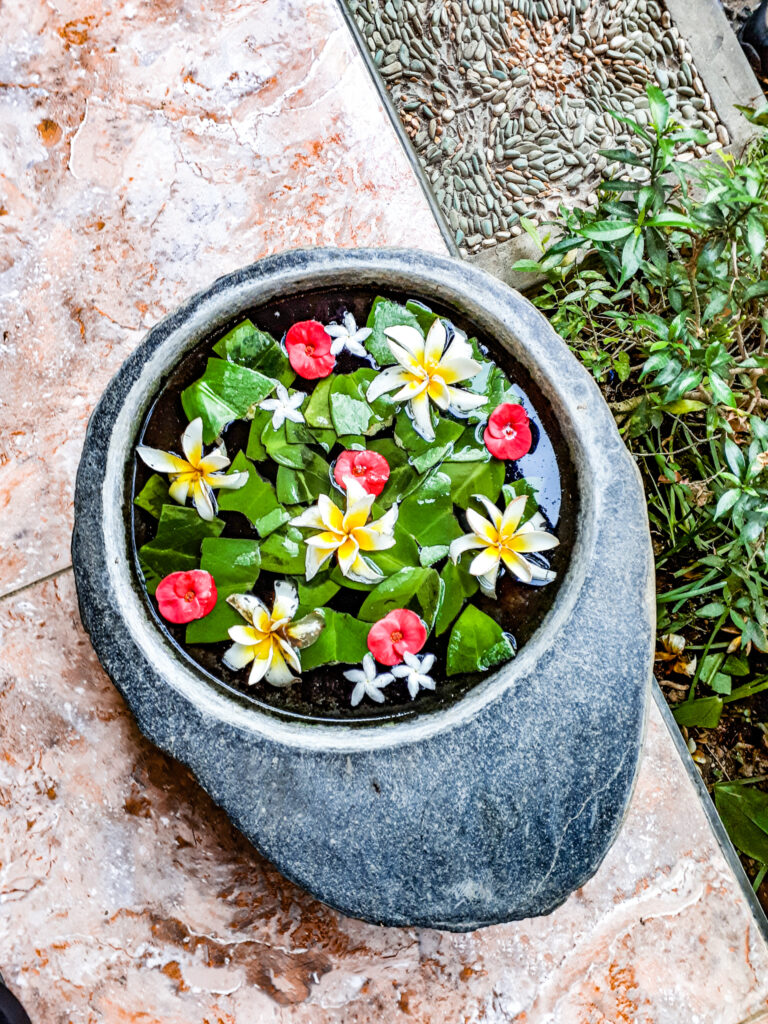
Pura
The Balinese word for temple is pura. Temples are everywhere, in the mountains, on volcanos, in rice fields and at the sea. The smallest form is the home altar. Some people have a home temple or family temple. Most people visit the village temple. Even small villages have at least three temples. The large sanctuaries in Bali are significant for the entire Balinese community.
The pura puseh is the foundation temple. This temple is dedicated to the founders of the village and the gods. The pura puseh is facing towards the mountain and symbolises the world of the living. Outside the village and facing the sea is the pura delem. This temple is symbolising the underworld and death. The pura delem is dedicated to the goddess Durga. It’s also the location for cremations.
Ceremonies
Every stage in life is celebrated from birth, marriage until death. The Balinese even have rituals for material affairs, like building a house or buying a new car. Not a day goes by without any ceremonies or rituals. Check the list of special events, holidays and festivals in the Travel Guide of Indonesia.
The first ceremony is after birth. The priest clears the residential area with holy water to scare of demons. They place the placenta in a coconut and bury it in the yard. The parents name the baby after twelve days. The child is allowed to touch the earth on the 105th day. Touching the earth for the first time is the symbolic entry into the human world.
When puberty starts there is a ceremony of filing teeth. The priest used to file off the teeth of girls and boys. Today it’s just a symbolic ceremony. The meaning of filing off teeth is to leave behind the animal life and enter the life of an adult. Marriages are held with all kinds of rituals. The priest is blessing the couple with a holy watered flower. The married couple give offerings to Dewi, the Goddess of Rice.
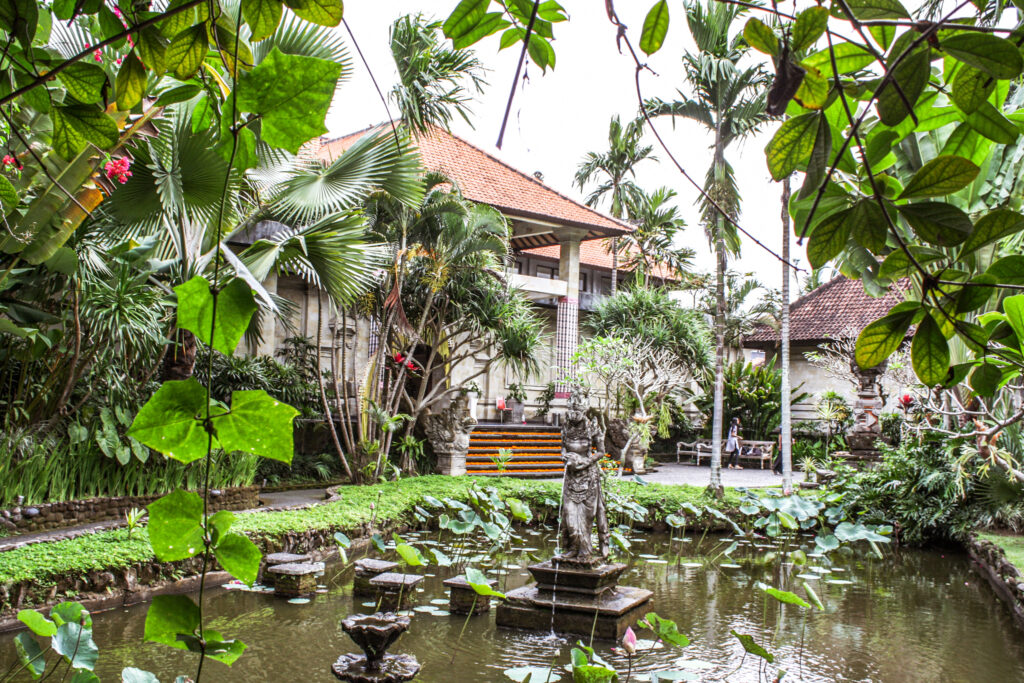
Cremation
The most prominent ceremony is the cremation. The most spectacular cremations are the ones of high priests, royals and nobility. The cremation is the most expensive ceremony and to reduce costs a number of dead are cremated at the same time. Families often have to save money for months, or sometimes years, to pay for the cremation. Deceased priests are not buried but embalmed and cremated soon after. The cremation is not a mourning ceremony. It is a ritual where the soul is liberated from the material casing and goes to heaven until it returns back to earth in the form of a new born human.

Balinese castes
Just like in India there is a caste system in Bali. The Balinese version of castes is different from the Indian caste system. Someone’s profession is not based on the caste system, except for a priest. The priests only come from the highest caste. There are also no casteless or pariah’s. The Balinese caste system has a mainly religious significance.
The highest caste is the brahman, the cast of priests. The name of every brahman starts with Ida Bagus (male) or Ida Ayu (female). The ksatryas caste consists of nobility and descendants of royals. They use the title Ratu, Dewa or Anak Agung. The lower nobility and warriors belong to the vesiyas caste and can be recognised by the name Gusti. The rest of the population (90%) belong to the sudras. They don’t have a specific name. Being a member of a higher caste says nothing about someone’s prosperity. There are wealthy sudras but also poor brahmans.
The Balinese language is also influenced by the caste system. Via the name they know which caste someone belongs to. The Balinese know which language to address someone. Members of the two higher castes are addressed with High-Balinese. The lower castes speak Low-Balinese. If you don’t know someone’s caste you speak the neutral Middle-Balinese. The meaning of the Balinese language is decreasing because of the increasing influence of bahasa baku, the national standard dialect of Indonesia.

Balinese names
Balinese children, boys and girls, receive a name at birth following a fixed schedule. The first born is named Wayan, the second is Made, the third is Nyoman and the fourth is Ketut. The cycle is repeated with the fifth child. To prevent confusion within large families parents add an additive to the name, like Wayan Nik, little Wayan. To make it more confusing (for non-Balinese anyway) there are alternative names, such as Putu instead of Wayan and Kedek for Made. If the new birth control regulation is accepted, which allows a couple to have two kids, the Balinese children are named Wayan and Made in the future.
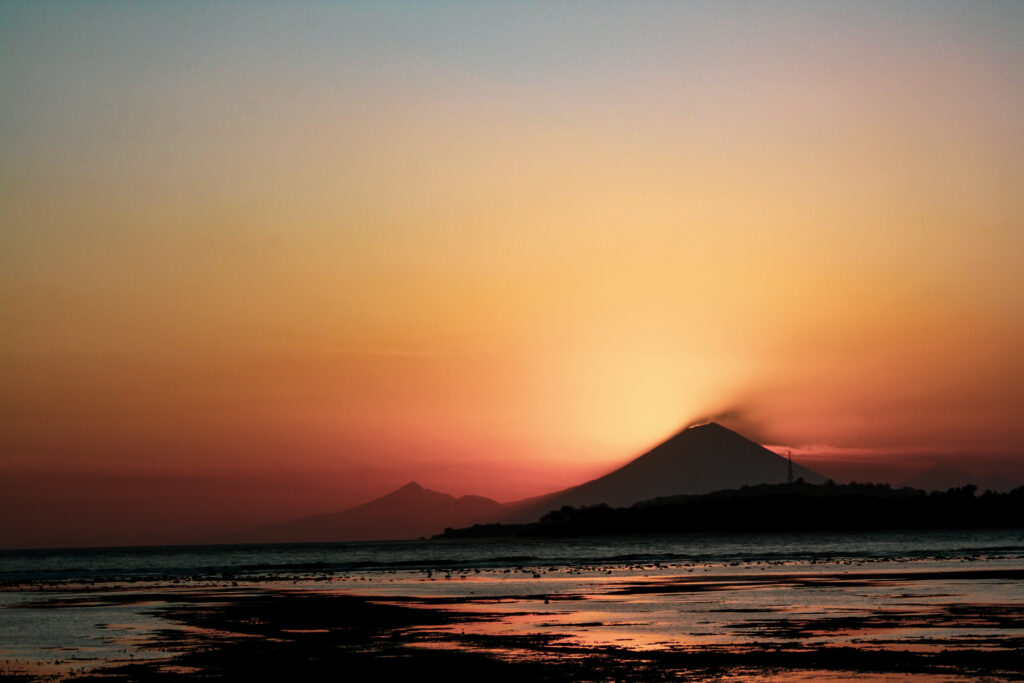
In The World’s Jungle – Travel Blog
Read more articles about culture and religion. Check out the articles about Hinduism in India. Or Buddhism in Thailand and other Asian countries. For more background travel info I refer you to the articles about practical travel info. Check the list of recommended vaccines when visiting Asian countries or learn more about sustainable travel.
In The World’s Jungle – Personal Travel Guide
Interested to know more about In The World’s Jungle and the articles you can find here? Read more on the About page or get to know Adriana. I can help you planning your trip, find unique places to stay, set-up an itinerary and make other necessary arrangements. Feel free to contact me and let me know how I can help you. Check the Service page to learn more.




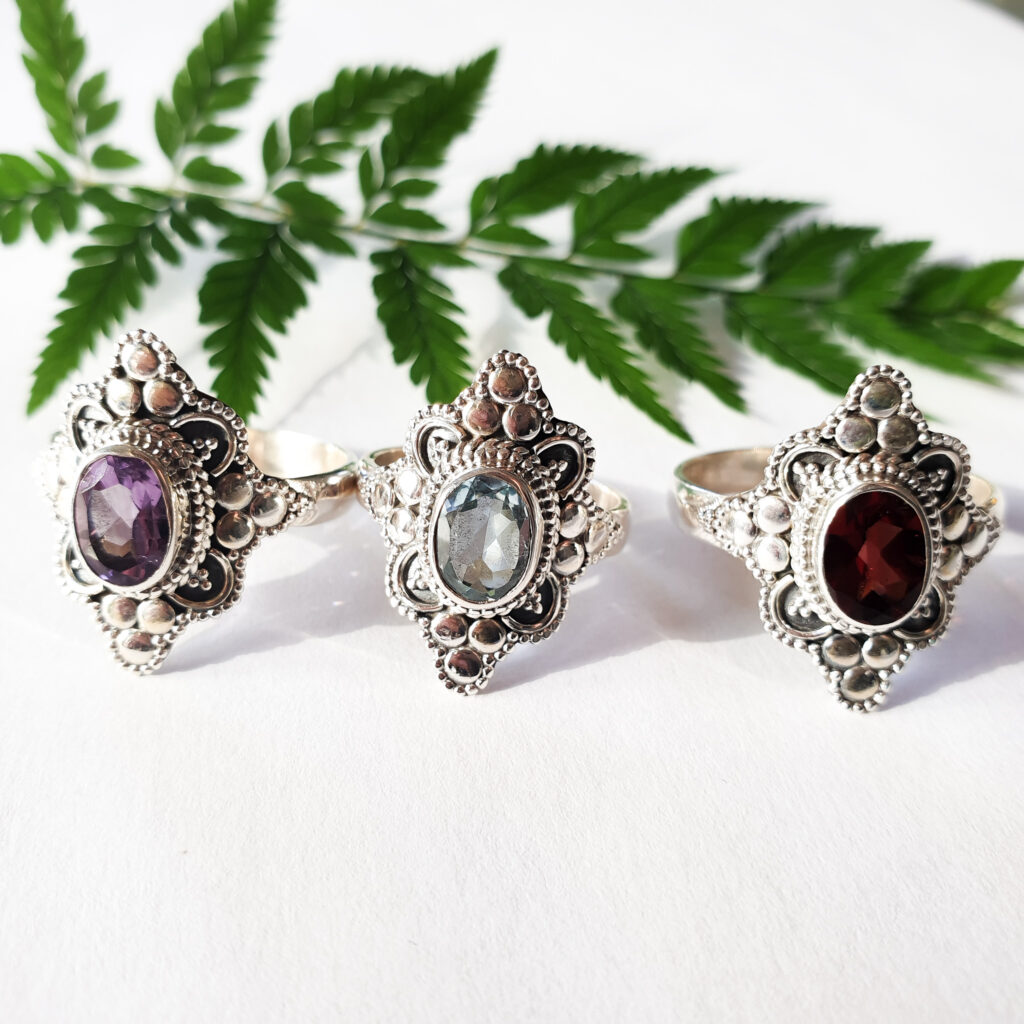
This Post Has 2 Comments
Good to become aware of this before visiting Bali.
Hola Lydie,
It is worth visiting Bali some day. Especially when you are interested in culture and religion there is much to explore.
Adriana